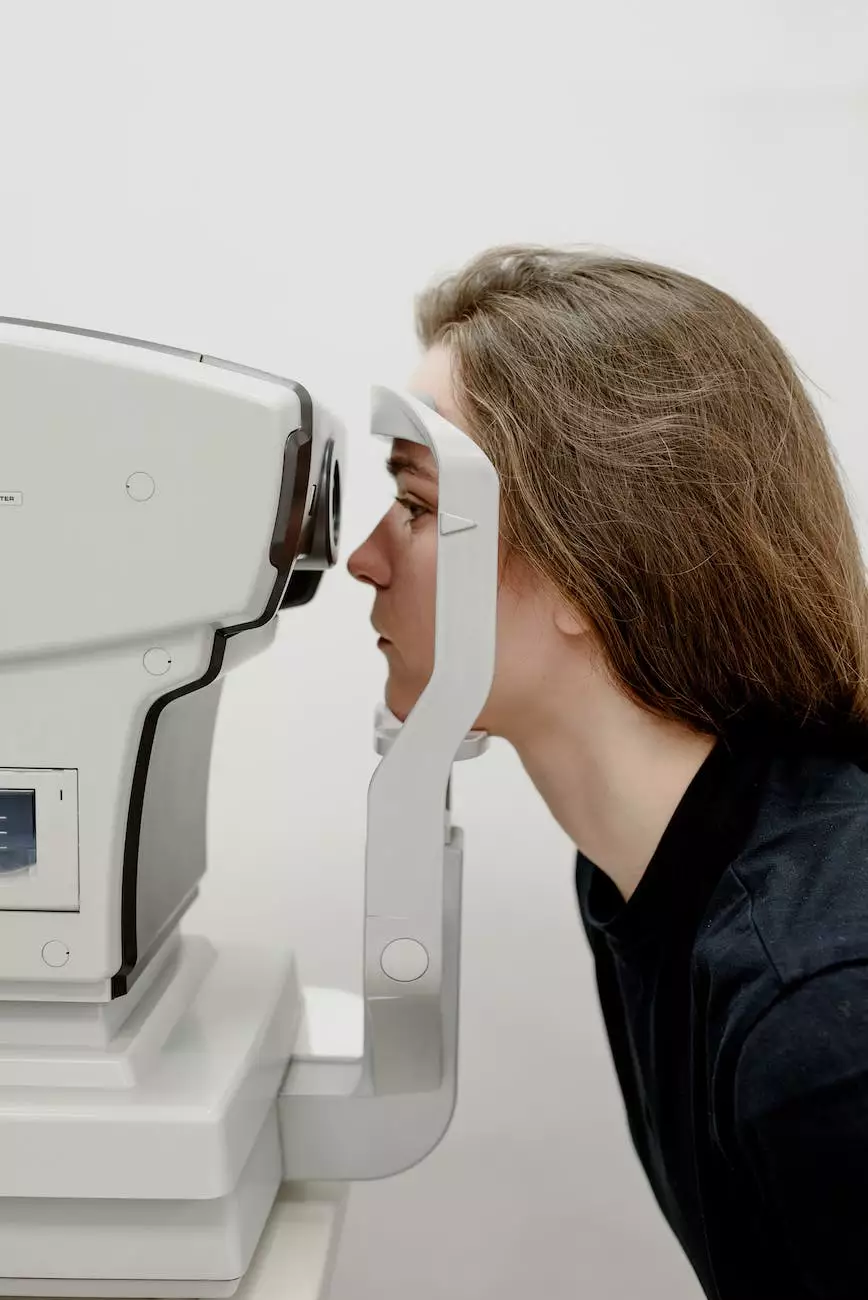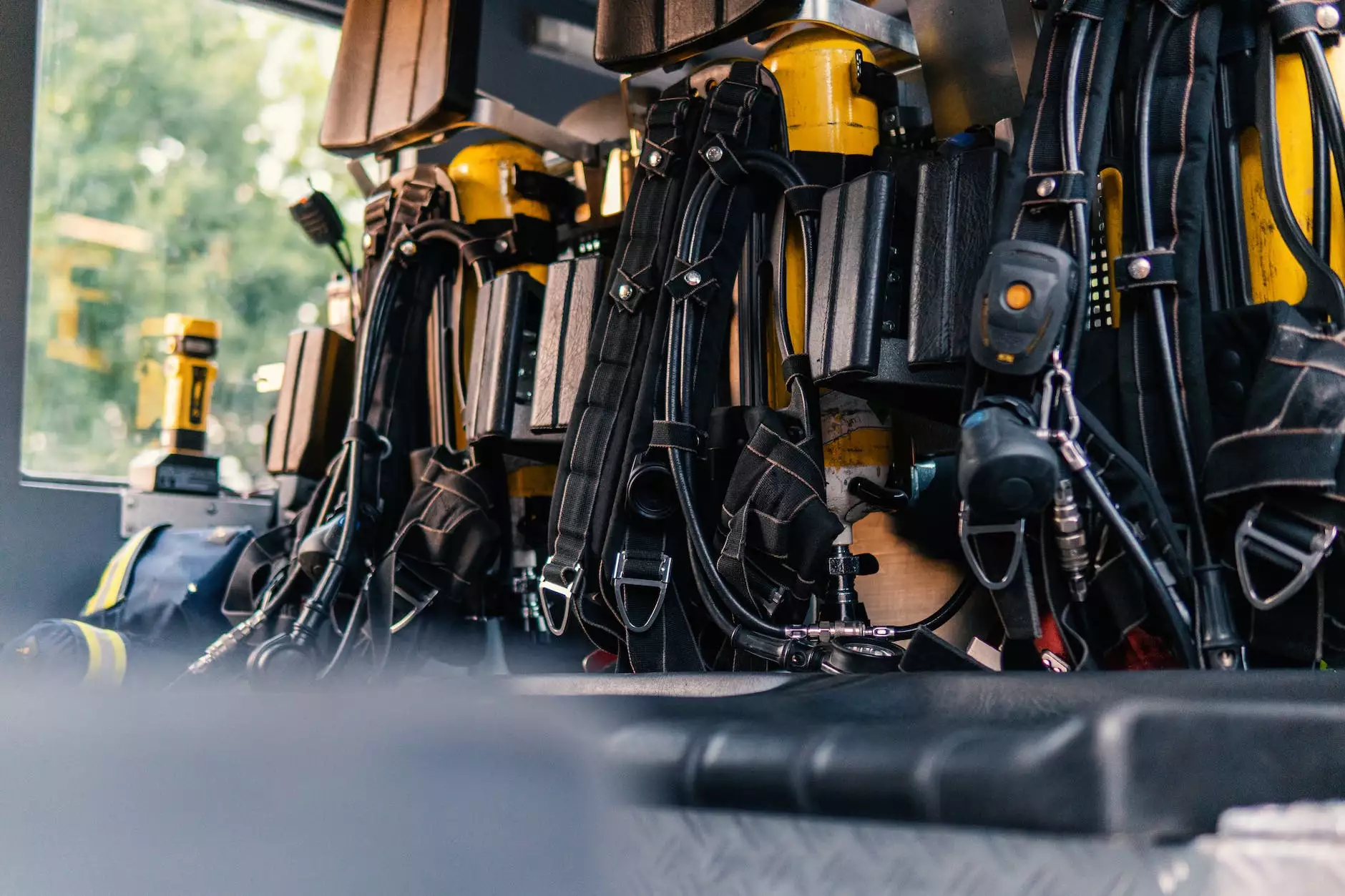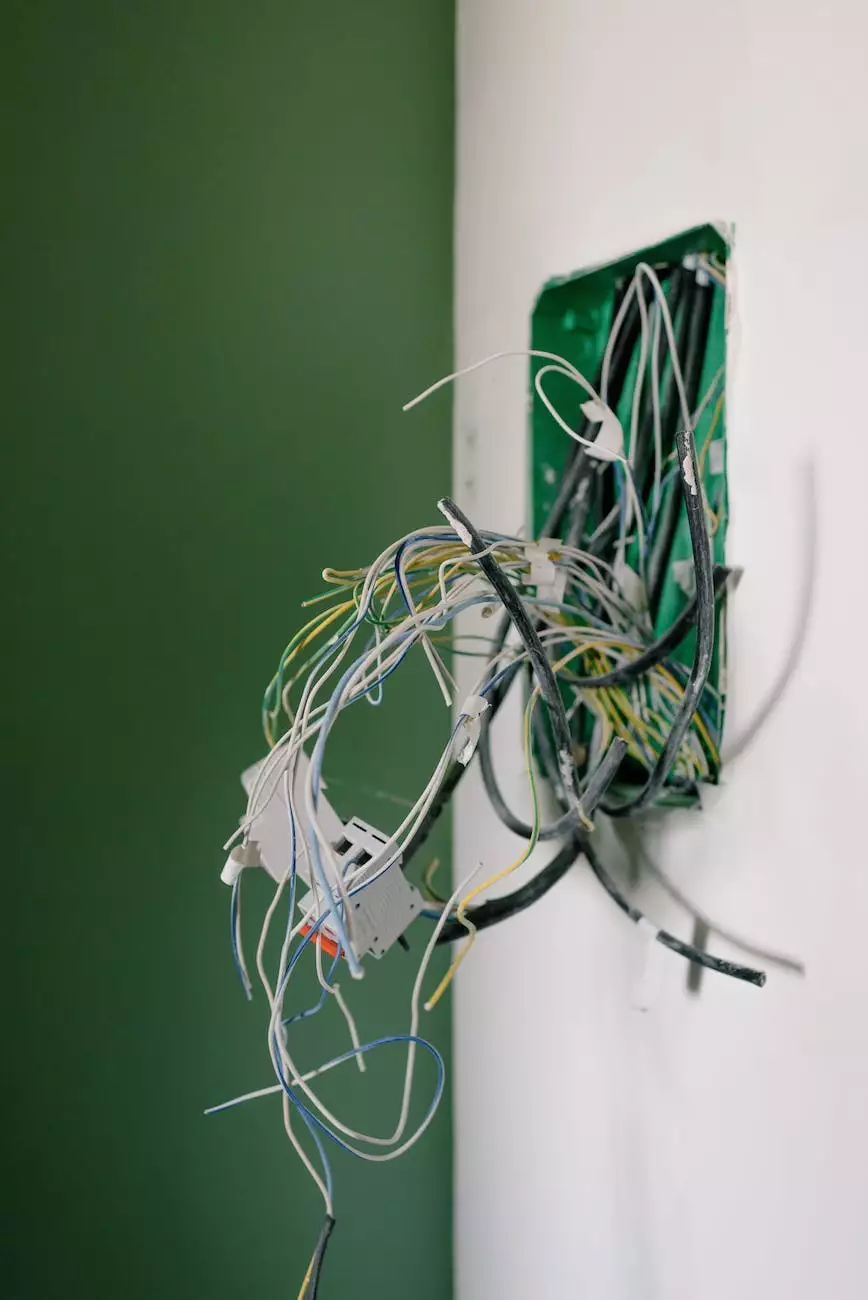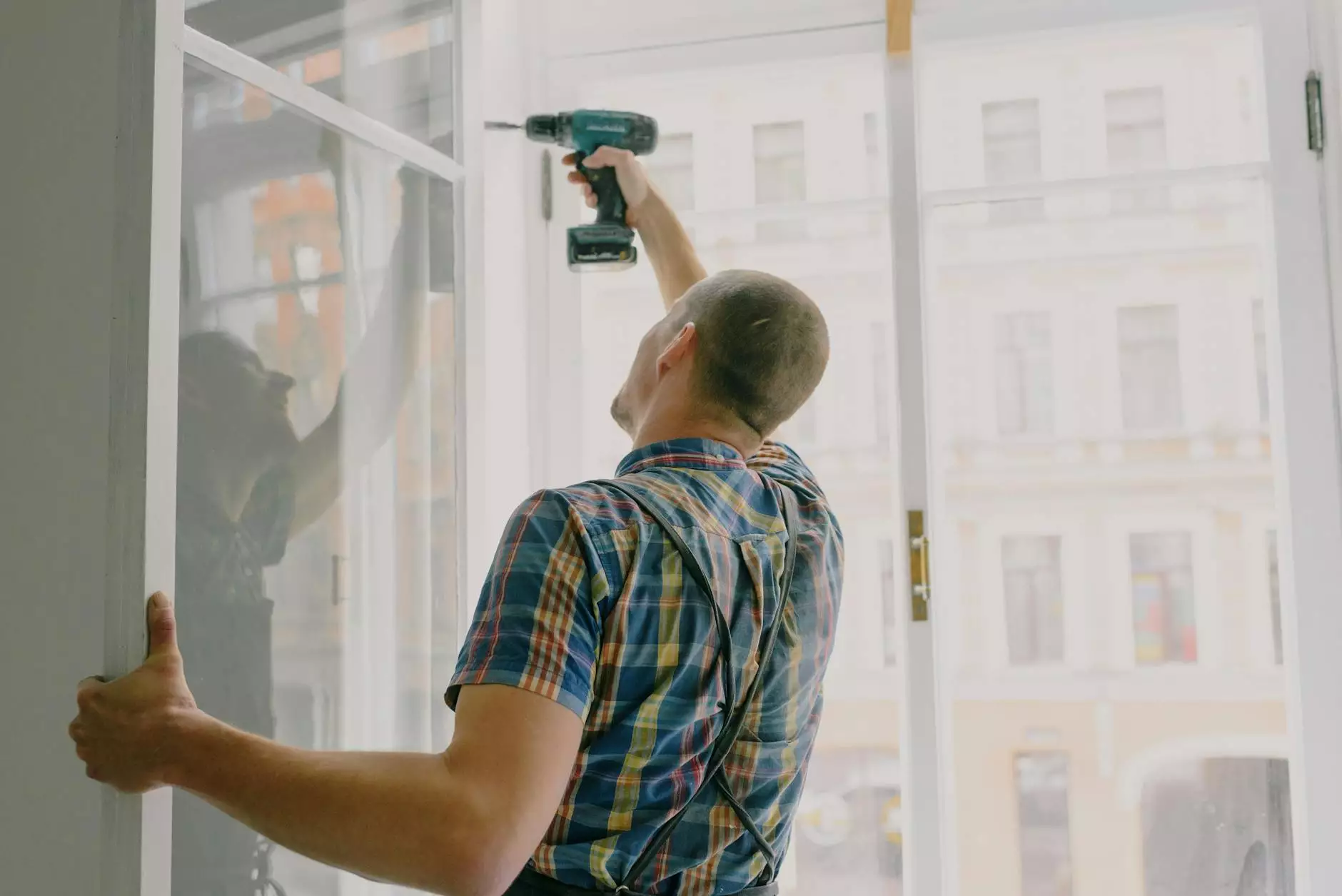Monovalve Heater Control Inspection - Installation - Testing

Introduction
Welcome to Grafco Electric's comprehensive guide on monovalve heater control inspection, installation, and testing. Our team of experts has crafted this detailed resource to provide you with step-by-step instructions, expert tips, and valuable insights into the proper maintenance and functionality of monovalve heater controls.
What is a Monovalve Heater Control?
A monovalve heater control, also known as a heater control valve, is a crucial component in an automotive heating system. It regulates the flow of coolant to the heater core, controlling the amount of heat that enters the vehicle's cabin. Proper inspection, installation, and testing of monovalve heater controls are essential to ensure optimal comfort and functionality.
Inspection
Before installing a monovalve heater control, it is important to thoroughly inspect the component to ensure its proper condition. Here are the key steps for inspecting a monovalve heater control:
- Start by visually examining the valve for any signs of leakage, damage, or corrosion. Focus on the valve body, fittings, and electrical connections.
- Check the valve's operation by moving the control lever or actuator. Observe if the valve opens and closes smoothly without any resistance.
- Inspect the vacuum lines, if applicable, for any cracks, leaks, or loose connections. These lines play a crucial role in controlling the valve's operation.
- Ensure that all electrical connections are secure and free from any dirt or debris.
Installation
Proper installation of a monovalve heater control is crucial to ensure optimal performance and reliability. Follow these steps for a successful installation:
- Start by selecting a suitable location for the monovalve heater control. Ideally, it should be placed close to the heater core and easily accessible for future maintenance.
- Ensure that the mounting surface is clean and free from any dirt, oil, or debris.
- If necessary, apply a thin layer of thread sealant to the valve's fittings to prevent any potential leaks.
- Carefully align and attach the valve to the mounting surface using appropriate fasteners or brackets. Make sure it is securely tightened.
- If the monovalve heater control requires electrical connections, follow the manufacturer's guidelines for proper wiring. Securely connect the wires and ensure proper insulation.
- Double-check all connections and fittings to confirm they are tight and secure.
Testing
Thoroughly testing a monovalve heater control is essential to ensure its proper functionality and identify any potential issues. Follow these steps for a comprehensive testing process:
- Start by turning on the vehicle's engine and letting it reach the normal operating temperature.
- Set the heater controls to the desired temperature and ensure the fan is running at an appropriate speed.
- Observe if the monovalve heater control opens and allows hot coolant to flow into the heater core. This can be determined by feeling for warm air inside the vehicle's cabin.
- Operate the control lever or actuator to test the valve's responsiveness and ability to regulate the coolant flow.
- Monitor the system for any leaks, unusual noises, or irregularities during the testing process.
By following these thorough inspection, installation, and testing procedures, you can ensure the optimal performance and longevity of your monovalve heater control. If you encounter any difficulties or have further questions, don't hesitate to reach out to our team of experts at Grafco Electric for professional assistance.
Conclusion
Thank you for choosing Grafco Electric as your trusted resource for monovalve heater control inspection, installation, and testing. We hope this comprehensive guide has provided you with the necessary knowledge and guidance to successfully navigate through the process. Proper maintenance and care of your monovalve heater control will ensure optimal comfort, functionality, and longevity for your vehicle's heating system.




